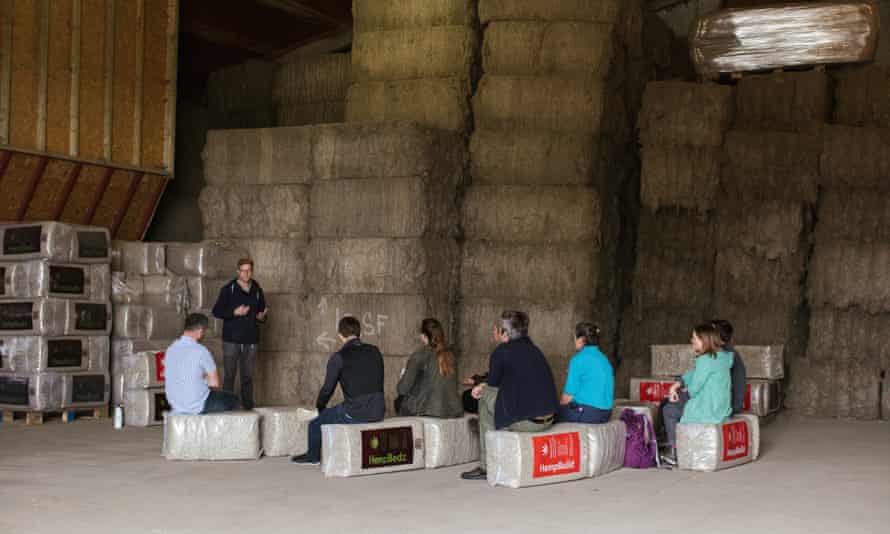’m sitting in my kitchen, about to try my first sip of a milk that is vegan, sequesters carbon and increases biodiversity. Dairy milk has a high carbon footprint. Soy is linked to deforestation, almond to high water use. But how does the new kid on the scene – hemp seed milk – measure up for taste?
An Innovative Farmers project coordinated by the Soil Association is investigating how industrial hemp production could aid the transition to a low-carbon economy. In collaboration with scientists at Cranfield University and the British Hemp Alliance, research will quantify the environmental benefits of growing hemp. In farm trials that launched last month, five farmers are helping to investigate this plant’s ability to sequester or store carbon, improve soil health and increase biodiversity.
“Hemp could be a very valuable tool, but the UK is currently behind the curve internationally and there’s a distinct lack of data,” says Nathaniel Loxley, the Innovative Farmers project coordinator and co-founder of the British Hemp Alliance.
In theory, hemp has many potential benefits as a crop from an environmental perspective. It does not need pesticide chemicals or much water input, and hemp roots grow up to 3 metres deep, so they could help improve soil structure and nutrient levels, potentially leading to greater yields in follow-on crops.
“From a nutritional perspective, hemp seed milk ticks all the boxes. It’s low in saturated fats, there’s no sugar or cholesterol, it’s high in polyunsaturated fatty acids, and provides a really strong source of omega 3,” says Ben Cooper, Good Hemp’s brand manager. Cooper explains that whole hempseed hearts are processed “with some wizardry” to produce a cream, rather than an oil like other plant-based dairy products, to make this milk.





